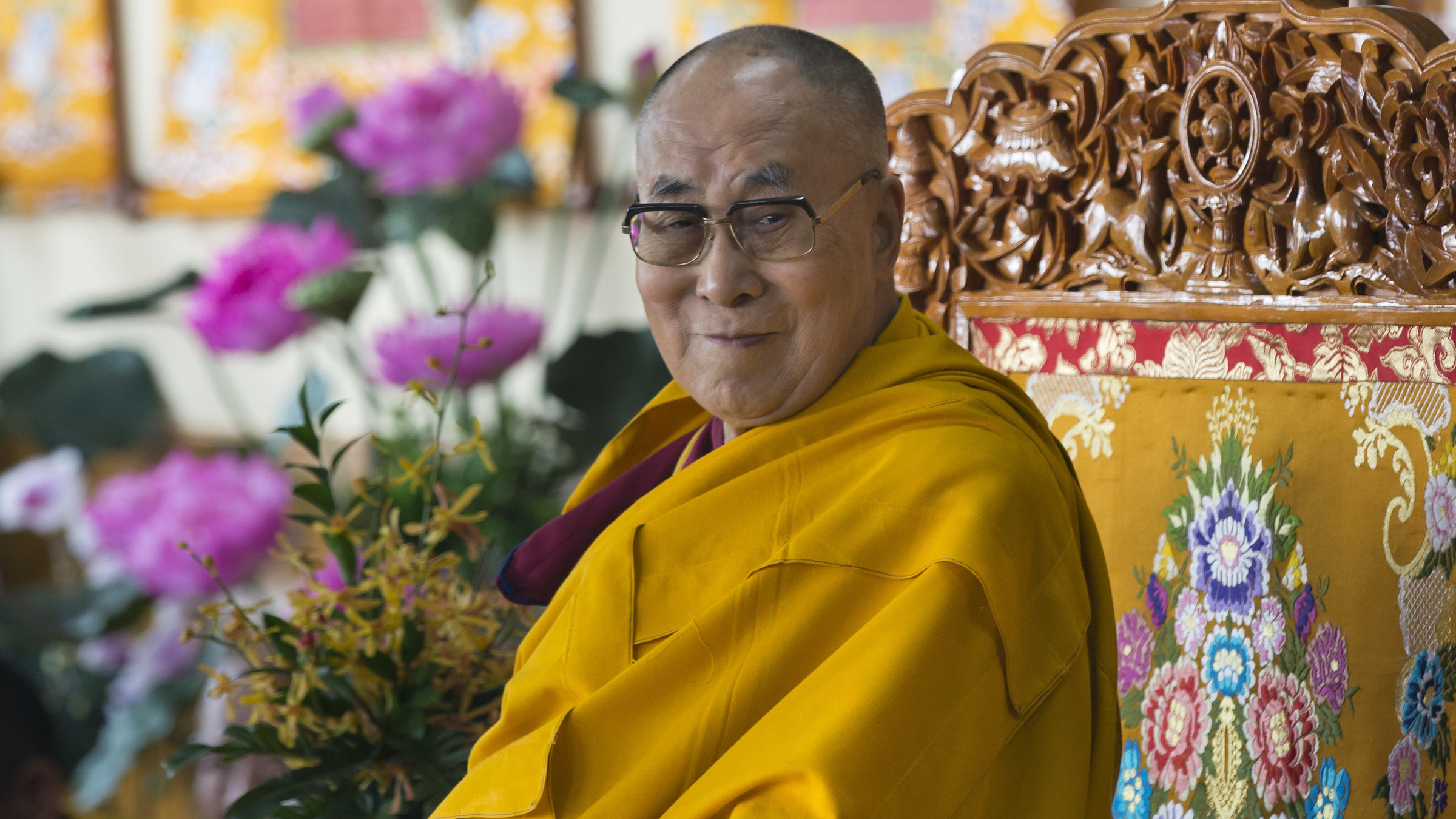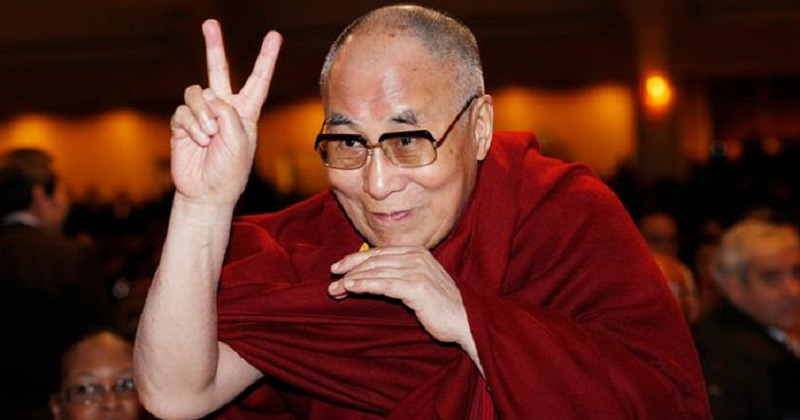

Many Tibetan Buddhists actively resist Chinese control of the region. The head of the Tibetan school of Buddhism and traditional leader of Tibet, the Dalai Lama, fled from China-controlled Tibet in 1959 to India in fear of his life. It offers followers a faster path to enlightenment than Mahayana or Theravada. Vajrayana is the major school of Buddhism in the region of Tibet and in Nepal, Bhutan, and Mongolia. It emphasizes a monastic lifestyle and meditation as the way to enlightenment. Theravada Buddhism is common in Sri Lanka, Cambodia, Thailand, Laos, and Burma (Myanmar). It emphasizes the role models of bodhisattvas (beings that have achieved enlightenment but return to teach humans). Mahayana Buddhism is common in China, Taiwan, Japan, and South Korea. There are three main schools of Buddhism: Mahayana, Theravada, and Vajrayana.

This is connected to “ karma,” which refers to how a person’s good or bad actions in the past or in their past lives can impact them in the future. The fourth truth, “Path to the cessation of suffering ( magga)” is about the Middle Way, which is the steps to achieve enlightenment.īuddhists believe in a wheel of rebirth into different bodies. The third truth is “Cessation of suffering ( nirodha),” and it says that it is possible to stop suffering and achieve enlightenment. The second truth is “Origin of suffering ( samudāya).” This states that all suffering comes from desire ( tanhā). The first truth is called “Suffering ( dukkha),” which teaches that everyone in life is suffering in some way. The Buddha taught about Four Noble Truths. The Mahabodhi Temple in Bihar, India-the site of his enlightenment-is now a major Buddhist pilgrimage site. 2 He was also a lama of many Gelug lamas who taught in the West including Zong.

He succeeded Ling Rinpoche as the junior tutor of the 14th Dalai Lama when the Dalai Lama was nineteen years old. Eventually, in a state of deep meditation, he achieved enlightenment, or nirvana, underneath the Bodhi tree (the tree of awakening). The Third Trijang Rinpoche, Lobsang Yeshe Tenzin Gyatso (19011981) 1 was a Gelugpa Lama and a direct disciple of Pabongkhapa Déchen Nyingpo. He renounced his wealth and spent time as a poor beggar, meditating and traveling but ultimately, remaining unsatisfied, settling on something called “the Middle Way.” This idea meant that neither extreme asceticism nor extreme wealth was the path to enlightenment, but rather, a way of life between the two extremes was. who, upon seeing people poor and dying, realized that human life is suffering. Buddhists do not believe in any kind of deity or god, although there are supernatural figures who can help or hinder people on the path towards enlightenment.īorn on the Nepali side of the present day Nepal-India border, Siddhartha Gautama was a prince around the fifth century B.C.E. Siddhartha Gautama was the first person to reach this state of enlightenment and was, and is still today, known as the Buddha. Buddhists believe that human life is a cycle of suffering and rebirth, but that if one achieves a state of enlightenment ( nirvana), it is possible to escape this cycle forever. with Siddhartha Gautama, and over the next millennia it spread across Asia and the rest of the world. It originated in South Asia around the 5th century B.C.E. There has also been one non-recognised Dalai Lama, Ngawang Yeshe Gyatso (declared in 1707), by Lha-bzang Khan as the "true" 6th Dalai Lama – however, he was never accepted as such by the majority of the population.Buddhism is one of the world’s major religions. There have been 14 recognised incarnations of the Dalai Lama.


 0 kommentar(er)
0 kommentar(er)
